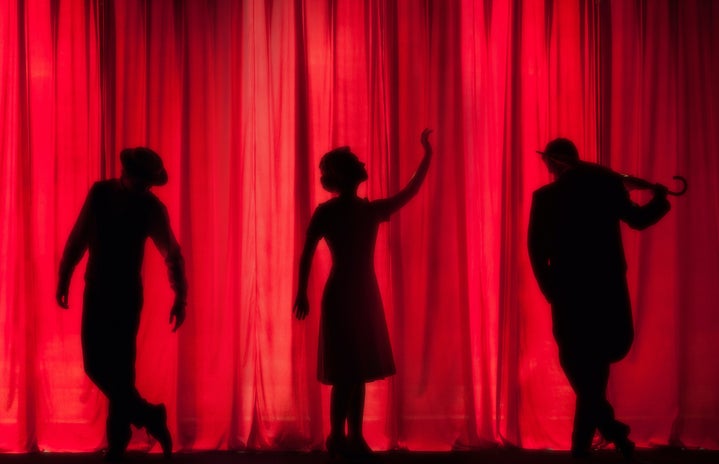Color-blind casting, though having existed for the past fifty years, has recently become increasingly prevalent in the light of the movement for inclusivity. By definition, it means giving out roles to actors irrespective of their race in an attempt to promote an anti-racist medium of entertainment. While on the surface the concept is appealing, it fails to satisfactorily meet the complexities of the situation.
My mother, a brown Asian woman, recently watched Bridgerton and later mentioned to me how disconcerting it was to have a person of color playing a duke, given the setting of the show. Here lies the first issue , which is that decades of white-dominated media has accustomed us to the idea of having little or no diversity so well that we feel out-of-sorts when we happen to encounter it. A large percentage of roles played by people of color are minor, villainized or subservient and are very rarely respectful to the culture of the actor. Reviewing the public reaction to Bridgerton and other productions with color blind casts, two major criticisms emerge. The first is that the diversity appears forced as if its goals were to check basic ethnicity boxes to ‘ keep up with the times ‘ and that the choice of actors created a disconnect between the setting, for example, Regency-era London and characters.
What arises here is the dichotomy between the need for historical accuracy and the need for inclusivity in media. While documentaries undoubtedly need to stick to facts and details, fiction gives writers and directors room for creativity which should extend to room for diversity. The deciding factor ultimately is the purpose of the creation of the media. If it is centered on the setting and period itself, multi-ethnic casting may seem discordant, whereas if it is centered on the plot and the characters, the race of the actors stops being critical. The courtesy of getting to choose what elements of a timeline remain accurate and which ones get tailored to fit a particular storyline that is afforded to science fiction should be extended to historical fiction as well.
What becomes extremely critical at this point however is finding a balance, the onus of which falls on creators because turning a blind eye to certain events of the past can just as easily be used to perpetuate racism. This is where the second criticism comes in. As several diversity critics and writers pointed out, color-blind casting is also dangerous because it invalidates the very real obstacles that actors of color face in reaching where they are. Color-blind casting neither ensures the portrayal of a particular actor’s culture nor respects it. In essence, when a person of color is cast in a role that would traditionally be given to a white person, the actor is both pretending to be white and the character, instead of having a character written for them.
The solution which combines inclusivity and realism is color conscious casting which aims to strike a balance by giving roles played by people of color enough depth and character to adeptly incorporate their personal experiences into the role. It takes into account the new perspective they can add to a storyline, instead of fitting an existing cardboard cut-out of a character. Further, it calls for writers to create content that is made with diversity in mind, instead of weaving it in as an afterthought. Another important issue that color-blind casting could lead to but color conscious casting avoids is that of creators using the concept to further their racism under the guise of sarcasm. For example, a movie or show based on or involving segregation – no matter how fictional it is- cannot have a white person playing a slave.
This isn’t a perfect solution either because for an issue of this magnitude, there exists centuries of discourse to unpack but as creators, we can all choose to be mindful and inclusive of the struggles of people of color and as viewers, we can choose to be open-minded and adapt with the changing dynamics of theatre and media.


